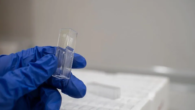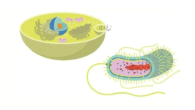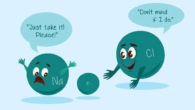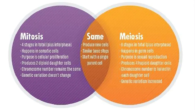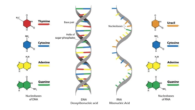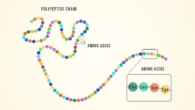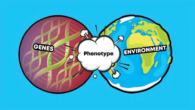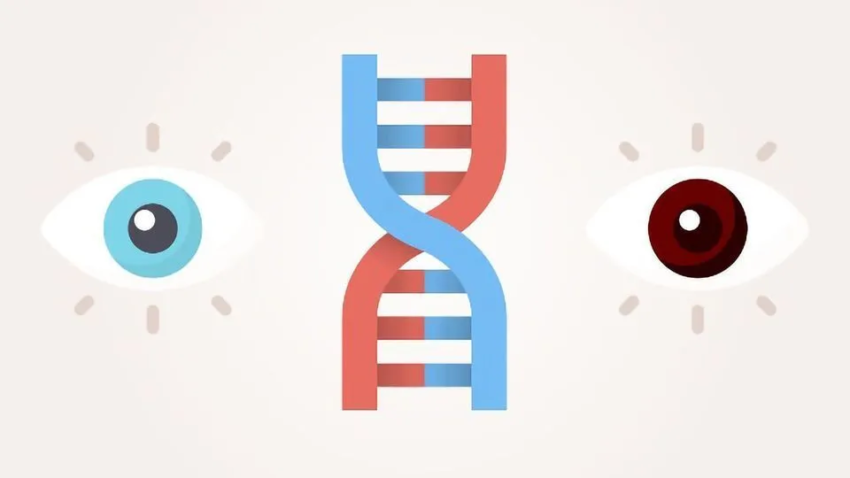
What is the difference between a gene and an allele?
Which distinctions exist between alleles and genes?
Although alleles and genes are the main topics of genetics, what makes them different? Genes and alleles are compared in this book along with succinct explanations and examples for each.
Gene versus alele
Genes are segments of DNA that code for proteins that have effects on the body and regulate some characteristics or activities. Different variants of a gene known as alleles are determined by the nucleotide base present in a particular region of the genome. An individual’s genotype is their assortment of genes.
A gene produces what?
Specific characteristics, functions, or attributes are determined in part by DNA segments known as genes. Among the many things that genes regulate include the immune system, skin tone, hormone synthesis, and eye colour. Genes are duplicated into RNA molecules, which by a process known as translation are converted into proteins. DNA segments classified as coding and non-coding make up genes. Exons and coding regions are the sections that are transcribed into proteins. Introns, which are non-coding regions, are not translated. They are thought to do many other things, such as controlling transcription. There are about 20,000 protein-coding genes in humans, which is less than 2% of the whole DNA.
Genes are acquired from parents and govern what is passed down from one generation to the next. All of the genes in a body make up its genotype. People differ so much in appearance and behavior because everyone of them has a different DNA.
Genes were thought of in the past as the sole transfer unit, having a strict structure of “one gene, one RNA, one protein.” But this notion has been modified by recent genomics discoveries. One example is that genes can make more than one RNA molecule. This is possible through a process called alternative splicing.
What is an allele?
A base can be found in more than one form at any given genomic region, or loci. What these different forms of a gene are called is an allele. There may be two alleles at one locus, one that codes for a cytosine base and one that codes for a thymine base of DNA. People get two copies of their DNA, one from each parent. Because of this, we are called diploid creatures.
An individual’s genotype is the unique set of alleles that they have across their DNA. The phenotype of an organism is different for these gene variants, but they still code for the same feature, like eye colour. Most of the time, there isn’t just one locus whose alleles decide how a feature shows up.
Take eye colour as an example. Different genetic loci code for different sets of genes that determine blue, green, brown, and hazel eyes. When you look more closely, you can see that eye colour is controlled by about 16 different genes, but only 2 of these control most of the colour.
There is more variety in a trait that is passed down when there are more possible genes. Genetic variety in humans is based on this mix of genes and gene variants. This is why no two people are exactly the same.
Both major and minor alleles
The major allele is the form of an allele that is found most often. The minor alleles are the forms that are found less often.
How do genes and alleles get passed down?
When a human sperm cell fuses with an egg cell, the baby that forms will have 23 chromosomes from each parent. The genes on each matching chromosome pair are the same, but there are different forms of each gene at each site.
Because of this, each person has two copies of a gene for a certain trait, one from their mother and one from their father. These are known as alleles from the mother and alleles from the father. How these genes work together is what gives each person their own traits.
What is the difference between a dominant gene and a mutant gene?
A person’s genotype is the set of genes that are stored on all 46 of their chromosomes. But not every gene difference will be shown. You might have one trait that makes your eyes brown and another that makes them blue, but you won’t have one blue eye and one brown eye.
People don’t have the traits that are written on every pair of genes that match. Instead, the phenotype is what happens when genes are produced. This is how genes are expressed in traits that can be seen.
How does the body figure out which genes to show? It comes down to the traits of the alleles that are matched.
Each person has two copies of a gene, which are called alleles. Homozygotes are people whose genes are the same. That’s what they are called when they are different.
People who are homozygotes have the same trait, like blue eyes. Your eyes will be blue if you have two blue eye genes. If you have both an allele for blue eyes and an allele for brown eyes, your eyes will be the colour of the allele that is more common.
An allele that always determines the trait when it is present is called a dominant allele. A recessive allele, on the other hand, is one that doesn’t show up when its matched allele is dominant.
When it comes to eye colour, the blue eye allele is less common than the brown eye gene. If a kid gets a blue allele from their mom and a brown allele from their dad, the child will have brown eyes. A child with two blue genes, on the other hand, will have blue eyes.
Genes and alleles side by side in Table 1.
| Gene | Allele | |
| Definition | A section of DNA that encodes for a certain trait | A variant form of a gene |
| Role | Genes determine individual traits | Alleles contribute the diversity in phenotype expression |
| Determines | An organism’s genotype | An organism’s phenotype |
| Number per genus locus | One | Two |
| Various Types | Alleles | Paternal vs maternalDominant vs recessive |
| Examples | Eye color, hair color, skin pigmentation | Blue eyes, brown hair, dark skin |





